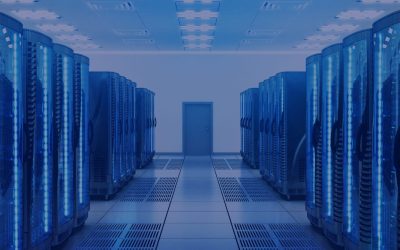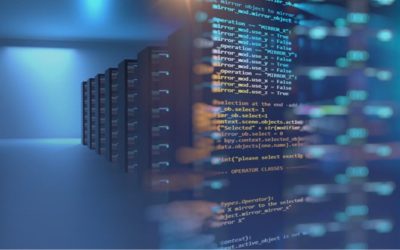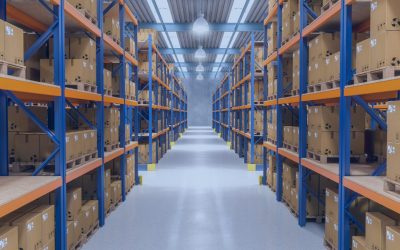Tax procedures, technical licenses, and misclassified tariff codes delay the entry of technology equipment.
The growth of the tech sector and the constant demand for digital infrastructure have driven the import of IT hardware, including both new and refurbished items. Networking devices, servers, routers, switches, and storage systems are essential for supporting the operation of data centers, corporate networks, and cloud-based services.
However, bringing this type of equipment into a country can quickly become complex, particularly for companies without experience with customs regulations, import licenses, and the required technical documentation.
The most frequent mistakes stem from a limited understanding of local regulatory frameworks and the tax treatment of these goods.
How Aerodoc Makes a Difference
With over 25 years of experience in high-complexity customs and logistics operations, Aerodoc supports technology companies in deploying their equipment worldwide, including destinations with restrictive regulations or lengthy approval processes, commonly known as “hard to reach” markets.
Through its Importer of Record (IOR) and Delivery Duty Paid (DDP) services, Aerodoc assumes the legal and fiscal responsibilities of the importer, managing licenses, permits, taxes, and technical documentation on its behalf. This allows customers to operate in markets without a local entity, while remaining compliant and avoiding disruptions to their expansion plans.
Additionally, its technical team conducts pre-compliance assessments and coordinates origin inspections to verify that each component meets the specifications required by the destination country.
Common Errors in IT Hardware Imports
One of the main mistakes involves misclassifying products. Tariff codes for IT hardware vary depending on their use, level of refurbishment, or intended end-use. Vague or incorrect descriptions can lead to customs reclassifications, penalties, or even cargo being held.
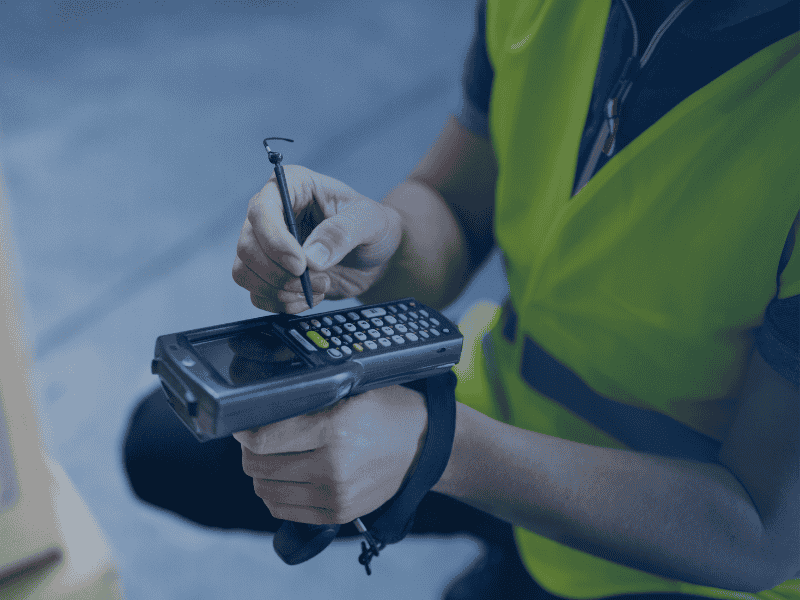
Another frequent issue is the failure to anticipate the technical documentation required by local authorities, such as certificates of conformity, electrical safety tests, or manufacturer declarations. For refurbished equipment, additional documentation is needed to certify the repair process and provide traceability, adding a further layer of complexity.
It is also common to overlook import restrictions applied to second-hand or refurbished products. In countries such as Brazil or Argentina, requirements differ based on commercial use, the nature of the hardware, or the type of importing entity. A mistake at this stage can result in delays, additional costs, or the inability to clear the goods through customs.
Key Considerations When Importing Refurbished Hardware
Importing refurbished equipment carries additional complexity. Many countries impose restrictions or outright bans on the entry of used or reconditioned products, even when authorized manufacturers have restored them. The first step is to verify whether the destination country permits this type of import and under what conditions. In some cases, authorization is granted exclusively for testing or internal replacement purposes, but not for resale.
It is also necessary to provide detailed documentation of the refurbishment process, including inspection certificates, a list of replaced components, and test results of the functionality. This level of traceability is essential to demonstrate that the product meets the applicable technical and environmental standards.
In more restrictive markets, authorities may also require a non-contamination certificate or documentation related to the treatment of e-waste (WEEE), ensuring the proper handling of materials such as lead, lithium, or mercury.
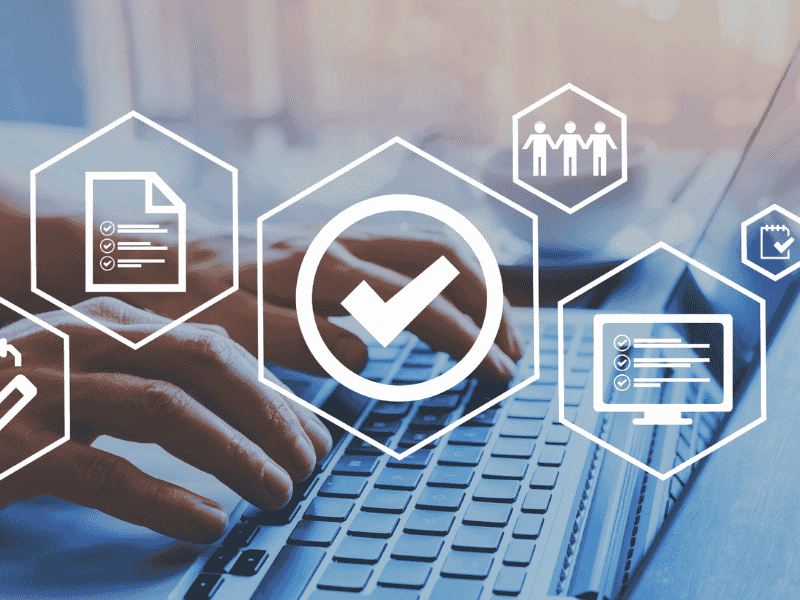
Additionally, tariff classification varies depending on the product’s condition: the same router or server may fall under a different code when declared as “new” rather than “refurbished.” Failing to address this detail often results in inconsistencies during customs clearance and prolonged holds. Providing accurate documentation, including translations into the local language, is key to preventing the equipment from being flagged as “used without valid certification.”
Key Considerations When Importing New IT Hardware
Importing new hardware also requires a high level of expertise in customs and technical matters. Each country demands specific certifications for electromagnetic compatibility, energy efficiency, and electrical safety, all of which must be issued by locally accredited entities.
Another key factor is verifying the country of origin and the declared value. Many technology products include components manufactured in different locations, which makes it essential to determine the correct customs origin to avoid inconsistencies under free trade agreements. At the same time, authorities often audit invoice values to prevent underreporting, a mistake that may lead to penalties and tax reassessments.
Contact our team to learn more about our services.
Q&A
- What is an Importer of Record (IOR) and why is it critical for IT Hardware Imports? An Importer of Record (IOR) assumes full legal and fiscal responsibility for importing IT hardware into foreign markets. This role is essential to ensure regulatory compliance and prevent customs delays or penalties when importing IT hardware.
- Which countries impose the strictest regulations on IT Hardware Imports? Countries such as Brazil, India, and Argentina enforce stringent controls on IT Hardware Imports, including mandatory technical certifications, import licenses, and restrictions on refurbished equipment.
- How is the correct tariff classification determined for IT Hardware Imports? Tariff codes are assigned based on the hardware’s function, condition (new or refurbished), and technical specifications. Incorrect classification can lead to customs reclassification, financial penalties, and shipment holds.
- What role does WEEE compliance play in IT Hardware Imports? WEEE compliance ensures proper handling of electronic waste. For IT Hardware Imports, particularly refurbished equipment, meeting WEEE requirements is crucial for securing customs clearance and demonstrating environmental responsibility.


